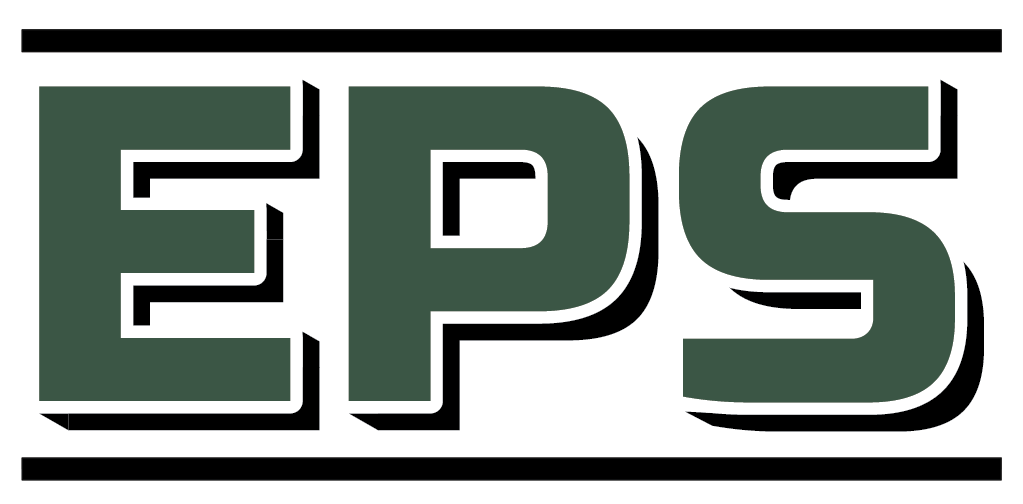Every oil and gas drilling company knows the importance of a safe work environment. Implementing safety measures protects employees, equipment, bystanders and the environment. Although federal and state regulations address safety measures for offshore rigs and onshore operations, each company must devise and implement a workable, compliant safety plan that meets their individual needs.
Leveraging Your Company’s Data
Your company’s operations are unique. Your safety plan should be too. It should reflect the nature of your operations, including the physical location, employee health and safety, equipment safety, environmental protection and compliance with federal and state regulations. Using your own data provides insights into how well your safety plan is working and what should be modified or added to make it more effective. Your safety plan and data should include:
- Safety training programs
- Reporting system to accurately document incidents
- Reporting and analysis of near misses
- Employee feedback about ease of implementation and gaps in safety protocols
- Easily trackable statistics
- Root cause analysis of incidents
- Follow-up and action plans that address safety lapses and ways to correct them
Analyzing this data is only beneficial if you track it and optimize it on a regular basis. If there are large gaps of time in your reports, you can’t properly determine where your protocols are falling short and how to improve them. Your operations are constantly evolving, so your data needs to be consistent in order to help you make important decisions that meet your growing business needs.
Creating a Personalized Safety Management Plan
As a manager, you know the unique needs of your organization. A standardized safety plan cannot address the operational environment of your company, the capabilities and needs of your employees or the HSE and SEMS requirements for your areas of operation. Your safety plan must also take into account state and federal compliance requirements, industry standards and your company’s core values.
No matter how well-devised a safety plan may be, it must be practical and actionable. The best way to ensure this is to collaborate with your safety team and employees to discuss where your company currently stands in terms of incidents in the workplace and efficacy of safety protocols, and set quantifiable and measurable goals of where your company would like to be moving forward. Use these thresholds along with your data analysis to identify how and where you can refine your plan to meet those marks as a team.
For the successful adoption and implementation of your new processes, make sure to conduct employee training sessions to cover any new changes to your procedures and encourage employee engagement and accountability. When you approach the new quarter, analyze your data to measure how effective your team was in meeting your safety goals, making sure to be as transparent as possible. Identify what improved or affected your performance, refine your processes and repeat.
Get Help From The Professionals
As an industry leader in logistics and safety, the HSE personnel at Expeditors & Production Services can analyze your company’s data to create a plan designed to improve the safety culture of your organization, reduce overhead expenses and enhance project efficiency. Contact an EPS expert today to create a custom safety management plan that meets your operational needs.

